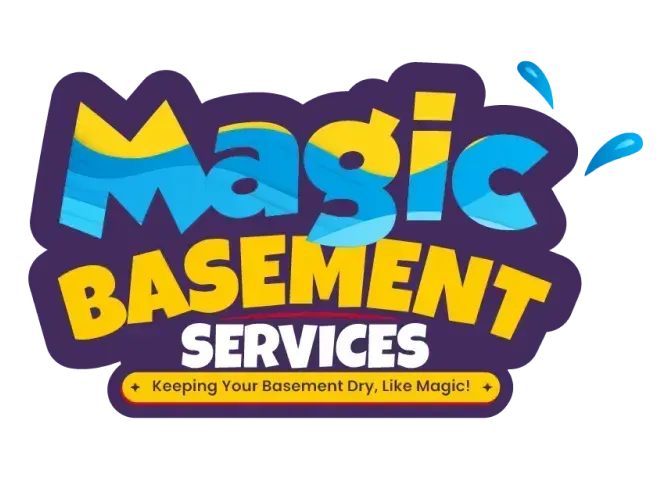Basement flooding is every homeowner's nightmare – it can occur without warning and lead to costly repairs. Nestled in the heart of Suffolk County, Long Island, the community of Nesconset knows all too well the risks associated with heavy rain and seasonal storms. When your basement is inundated with water, immediate action is crucial to minimize damage. This guide will walk you through the vital steps of basement flooding repair, ensuring that your cherished space is restored to its former glory.
Understanding the Causes of Basement Flooding
Basement flooding can stem from a variety of sources, including:
- Heavy Rain: Sudden downpours or prolonged rainy spells can overwhelm your home's existing drainage system, leading to water seepage through cracks and foundation weaknesses.
- Sewer Backups: When the municipal sewer system becomes overburdened, wastewater can flow in the reverse direction, entering your basement through its lowest point.
- Burst Pipes: In colder climates, freezing temperatures can cause pipes to burst, releasing a torrent of water that quickly spreads throughout your home.
Each scenario calls for a tailored approach to repair and mitigate the damage effectively. It's important to diagnose the root cause before launching into the repair process.
The Immediate Response to Basement Flooding
The first steps after discovering basement flooding are crucial. Here's what you should do:
- Ensure Safety: If the water level is high, it's important to turn off the electricity to the basement before entering to prevent the risk of electrocution.
- Assess and Document Damage: Take photographs or videos of the flooded area for your insurance claim. This step is essential in documenting the extent of the damage.
- Extract Water: Using a submersible pump or a wet/dry vacuum, remove as much water as possible. The longer water sits, the greater the risk of mold and structural damage.
Moisture Mitigation: Drying Out Your Basement
Moisture can linger long after the visible water has been removed. Dampness is a breeding ground for mold and mildew, which can adversely affect your family's health. The drying-out phase involves several key steps:
- Use Dehumidifiers: These appliances pull moisture from the air, expediting the drying process.
- Increase Airflow: Open windows, use fans, or employ air movers designed specifically for drying out water-damaged areas.
- Monitor Progress: Regularly check for signs of moisture and continue the drying process until the space is completely dry.
Structural and Foundation Inspection
Floodwater can compromise the structural integrity of your home, especially in the basement where the foundation is most exposed. A comprehensive inspection is essential to identify any harm:
- Crack Identification: Conduct a thorough search for any new or exacerbated cracks in your basement walls or floor.
- Assessing for Shifts: Look for signs of the foundation shifting, such as uneven surfaces or doors that no longer close properly.
- Determine Mold Presence: Mold can often grow in hidden places. A professional inspection will check for mold behind walls and under flooring.
Making Repairs and Restorations
Addressing Foundation Issues
Foundation cracks can be the entry points for groundwater. Repairing them promptly can prevent future flooding. The options for foundation crack repair include:
- Epoxy Injections: This low-pressure injection method seals the crack from the inside out.
- Interior Waterproofing: Installing a drainage system inside the basement can channel water away from the foundation.
- Exterior Waterproofing: Excavating around the foundation to apply a waterproof membrane provides a robust barrier against water intrusion.
Restoring Damaged Property
Floodwater can irreparably damage items in your basement. Evaluate what can be salvaged and what must be discarded, including:
- Textiles and Upholstery: Carpets, curtains, and furniture that have been soaked through may need to be disposed of.
- Electronics: Oftentimes, electronic devices are damaged beyond repair after encountering water.
- Appliances: Water-damaged appliances may malfunction and pose a safety hazard. A professional assessment should be performed to determine if they can be restored.
Preventative Measures
Once your basement has been restored, it's time to implement measures to prevent future flooding:
- Sump Pump Installation: A sump pump can be an effective safeguard against rising water levels, especially in areas prone to heavy rain or flooding.
- Backflow Valve Installation: A backflow prevention valve ensures that municipal sewer backups don't lead to basement flooding.
- Landscaping Modifications: Ensuring that your yard slopes away from your home can prevent water from pooling around the foundation.
The Role of Professional Services in Basement Flooding Repair
While some aspects of basement flooding repair can be tackled independently, the most effective and efficient route is often through professional services. Here's how experts can facilitate the process:
- Water Damage Restoration Companies: These professionals have the training and equipment to handle every aspect of water mitigation, from extraction and drying to structural repairs and content restoration.
- Plumbing Services: Qualified plumbers can fix burst pipes and install preventative measures like backflow preventers.
- Foundation Repair Specialists: Engaging professionals who specialize in foundation repair will ensure that any structural issues are addressed with the utmost care and expertise.
Sick of reacting to issues after every storm?
Contact us today for your no obligation assessment, and take back control

Request Free Estimate!
Magic Basement Services
Long Island, NY
